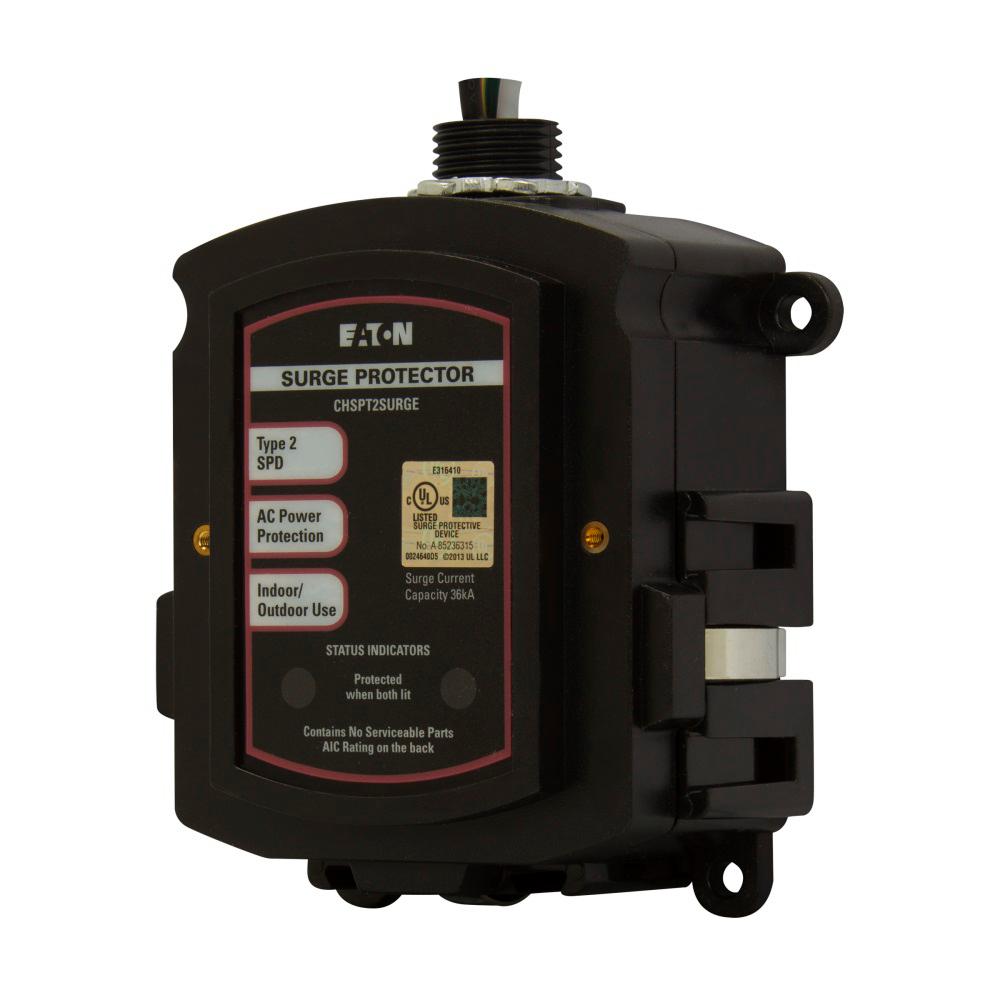Table Of Content

While surge protectors do come with preliminary purchasing and installation costs, they also provide safety, security, and piece of mind. The best surge protectors on the market are whole home surge protectors that are installed directly into your home’s electrical panel. Whole-house surge protectors are effective at stopping power surges from negatively affecting a home. Whole-house surge protectors prevent power surges from lightning, appliance draws, and faulty wiring, all of which can fry a home’s devices.
Is there any guarantee provided with these systems?
For those without in-depth electrical knowledge, choosing a surge protection device (SPD) can be a confusing prospect. I tried to keep the selection criteria as straightforward as possible while still making sure there were options for every homeowner. This whole-house surge protector comes out on top because it offers an excellent lineup of features, including superb coverage and broad compatibility for a fair price.
Type 3: Device-Specific Surges
Like the model we recommend as Best Bang for the Buck, this model has a tough NEMA 4 case that provides all-weather protection or can be fitted indoors. Because this compact SPD is installed outside the breaker box, it can be combined with any manufacturer’s load center. The National Electrical Manufacturing Association, or NEMA, enclosure standards denote where whole-house surge protectors can be installed.
What Is The Cost Of Surge Protector Installation?
They extend the life of your appliances by safeguarding them from frequent low-level surges. On the other hand, they require professional installation by an electrical contractor, which could be costly. UL 1449 covers numerous aspects of the SPD, including how fast it reacts to a surge, the current required to trip it, and the level of protection offered. In order to pass, a whole-house surge protector must be able to produce results within the specified limits for as many as 15 consecutive tests. Normally they just sit there, allowing electric current to flow through them.
Q. Where is a whole-house surge protector installed?
How to protect your home from lightning - WSFA
How to protect your home from lightning.
Posted: Thu, 28 Jul 2022 07:00:00 GMT [source]
The number of breaker spaces required and their amperage can vary. At times, power surges can be so severe that they even disable your home’s surge protector. The best protection against potentially dangerous power fluctuations is a whole-house surge protector. Power surges can destroy your kitchen appliances, including your dishwasher, refrigerator, microwave, oven, and more.

Find products fast with image search in The Home Depot Mobile app. Snap a picture of an item you like, and we'll show you similar products. Whole-Home Surge Protectors are great for saving money and keeping your gear safe. Like goalies in soccer, they stop any last bits of excess power that sneak past the first line of defense. But none of this would work without correct grounding; it is key for all parts to do their job right and safeguard your wiring and appliances. As is the case with almost everything in life, surge protectors come with their own set of cons as well as the previously mentioned pros.
How Much Does an Invisible Fence Cost?
Keep your appliances safe with the Intermatic Whole House Surge Protector. This consists of a Type 1 enclosure which can be used on metal surfaces and stay safe from unwanted surges. Safety-wise, it does meet the UL 1449 standards and is classified as a Type 2 SPD Plug-On Surge Protection. Thus, making it easy to plug and set this device on your beaker without much hassle. One feature that sets it apart from the competition is its three-stage notification diagnostic (Red Flashing LED, Audible Alarm, LEDs).
This Old House main menu
If your property has an unfinished basement or even just concrete floors on one level without any connection to the earth, your surge protector may not be very effective. Voltage spikes are quite common in today’s technologically advanced society. Yes, they do work, these devices are designed to take the hit from the energy burst and during the process protect the appliances and equipment in the home. If the whole house surge protector is working fine, then it means that there has been no energy spike of any kind. It all depends on the time that has passed between the two waves, nothing else.
Homeowners can keep reading to determine if an electrical panel upgrade, wiring replacement, or additional outlet installation may increase the cost of their whole-house surge protector installation. When installing whole home surge protectors into your home’s electrical system, it is important to inspect your home’s electrical grounding. Surge protectors function and protect your home’s electrical system by funneling unwanted amounts of electricity at your home’s electrical grounding. Therefore, a home that has an unstable electrical grounding will not be able to handle the excess electricity forced onto it by the surge protector. The Type 2 SPD delivers 108 kA of protection and has a NEMA Type 4 rating for indoor or out door use, plus it's universally compatible with any manufacturer's breaker box.
It’s also worth checking out our useful power outage survival guide. More complex models may feature additional lights to show a fault condition, while others have audible alarms. Finally, premium brands may offer extensive features and high levels of protection, but not everyone feels they are necessary. Now that we have discussed the pros and cons of whole home surge protectors, individuals looking to go forward with their installation are properly wondering what surge protector to buy. Getting your electrical grounding inspected by a licensed electrician will cost you an additional cost from the actual cost of installation. However, getting your electrical grounding checked is highly recommended.
Surge protectors can look very similar but include devices to prevent power spikes from damaging the equipment plugged into them. More often, the headline figure is the surge-protection rating. This is the amount of electrical current that can be absorbed, measured in kA, which is thousands of amps. The minimum is usually 10kA (10,000 amps), but it depends on the device type. The best whole-house surge protectors are generally rated from 30kA upward. That’s usually sufficient to deal with the worst storms or power generation problems, though far higher limits are common.
It also features commercial-class diagnostics with a three-stage status notification system that includes an audible alarm and a red LED indicator if coverage is compromised. Siemens’s premium FS140 whole-house surge protector is hands-down the best choice if you live in a region with frequent power outages, like the Southeast or parts of Texas. Here's how to find the best whole-house surge protector for your home, along with everything you should consider before you buy. However, some customers have expressed their concern about this product. There have been some reports about the surge protector breaking after unboxing it.
Protect Yourself and Your Property from Lightning State Farm - the State Farm Newsroom
Protect Yourself and Your Property from Lightning State Farm.
Posted: Tue, 20 Jun 2017 07:00:00 GMT [source]
Take, for example, lightning strikes, power wires getting ripped by capable winds, repair maintenance on utility lines, maintenance at the power station. Type 2 SPDs discharge high currents to earth, preventing the spread of medium overvoltages in the electrical installation and protecting equipment that is connected to it. The dimensions of this surge protector are 6.5-inch x 8.3-inch x 8-inch. In case you have any issue with this surge protector than the product from Intermatic is cover by five years of warranty as well.

Now that we’ve covered everything from what a whole home surge protector is, how it works, the different types of protectors, cost, and a brief overview of the installation. You are well on your way to having your own installed, secured, and maintained. This includes lightning strikes, power line issues, power station maintenance. A surge protector will combat all possible damage to circuit boards on all of your electronic appliances. These include HVAC, stoves, dryers, washers, dishwashers, LED strips and lights, computers, fridges, and practically anything that has electrical life to it. The electrical panel is the ideal place to install a whole-house surge protector.

No comments:
Post a Comment